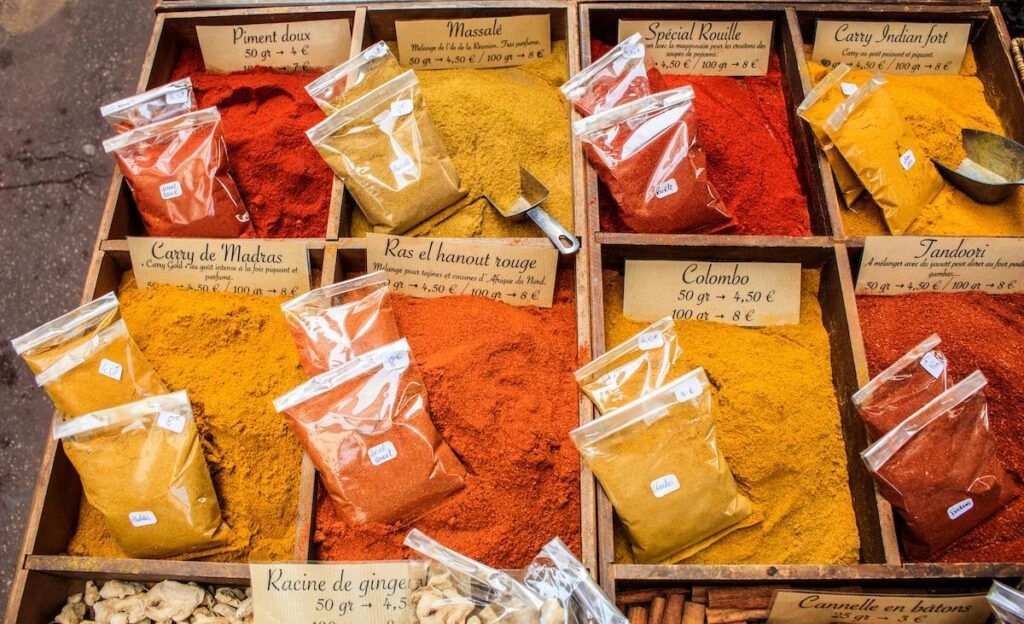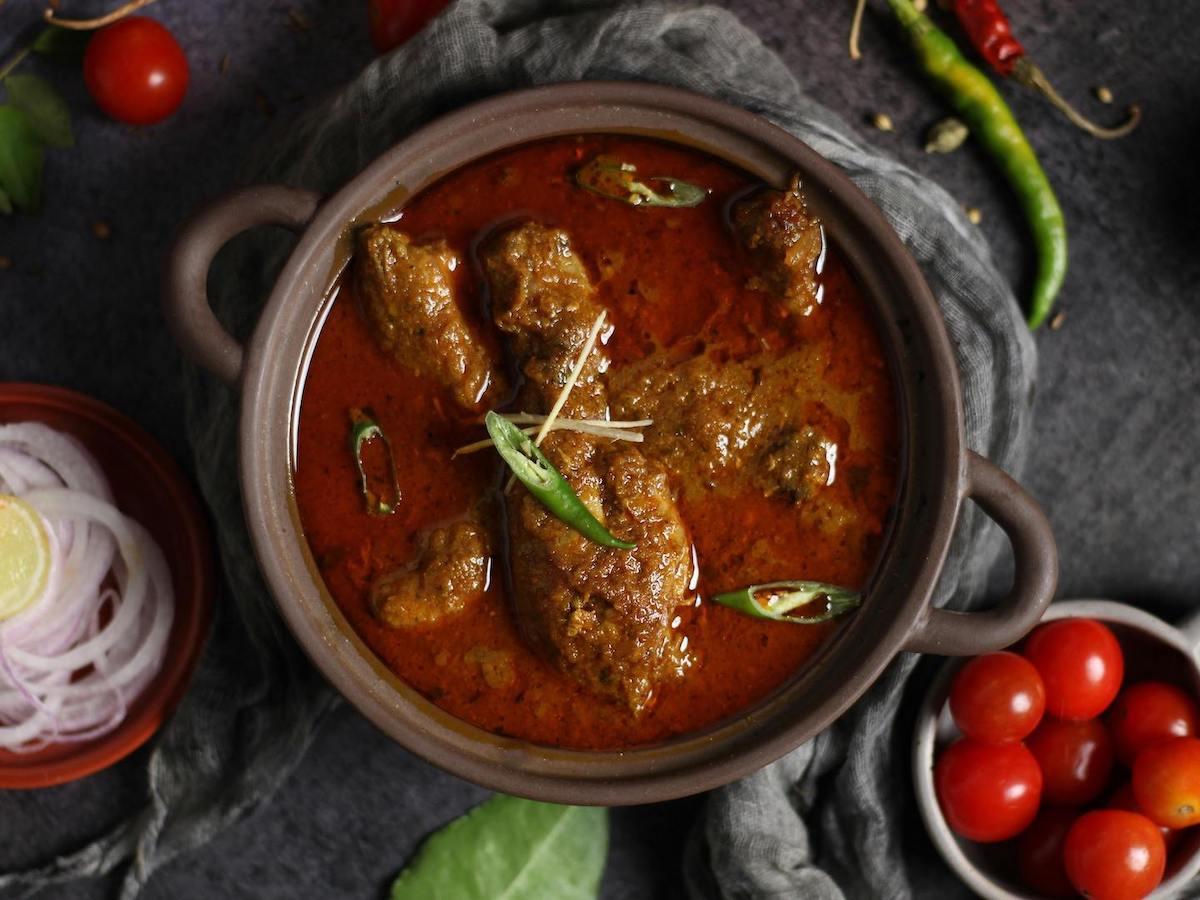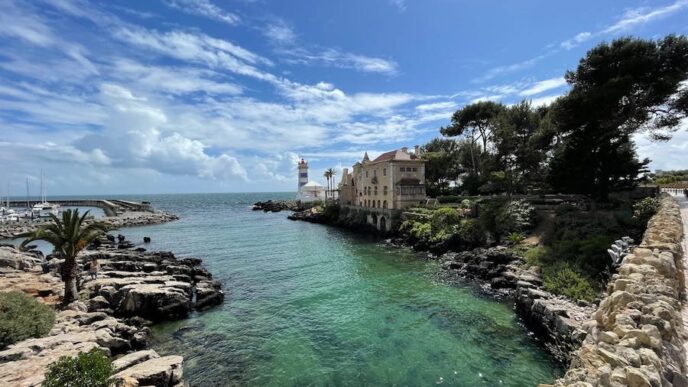Vindaloo, a beloved dish known for its fiery flavors and aromatic spices, is often associated with Indian cuisine, particularly in the state of Goa. However, its origins lie in Portuguese culinary tradition, specifically from a dish known as “carne de vinha d’alhos,” which translates to “meat with wine and garlic.” Introduced to India by Portuguese colonizers in the 16th century, this dish evolved over the centuries, adopting local spices and flavors to become the spicy vindaloo we know today.
The Etymology of Vindaloo
The name “vindaloo” is derived from the Portuguese words “vinha” (wine) and “alhos” (garlic), two of the key ingredients in the original dish. The Portuguese version of the dish involved marinating pork in wine vinegar and garlic, which was then slow-cooked to create a tender, flavorful meal. When the Portuguese colonized Goa, this dish made its way into Indian kitchens, where it was adapted to local ingredients and tastes.
How Vindaloo Became Spicier
As the dish was adapted to Indian cuisine, locals added indigenous spices like chili, cumin, cardamom, and cinnamon, transforming it into a spicier version. The use of wine was often replaced by vinegar made from palm sap, a common ingredient in Goan cooking. Today, vindaloo is a favorite dish in Indian restaurants around the world, especially known for its bold, spicy flavors and tangy marinade.

Fun Facts about Vindaloo
- Not Originally Spicy: The original Portuguese recipe wasn’t as fiery as the Goan version. It was Indian chefs who added the chilies, creating the intense heat now associated with vindaloo.
- A Symbol of Fusion Cuisine: Vindaloo is a perfect example of fusion cuisine, blending Portuguese flavors with Indian spices. This adaptation is a testament to the lasting influence of Portuguese colonial rule on Indian culture and cuisine.
- Popular Worldwide: Vindaloo has become a global favorite, often served in Indian restaurants around the world. It has also inspired other dishes, including the British “curry house” style vindaloo, which is particularly popular in the UK.
In modern cuisine, vindaloo remains a signature dish that showcases the unique fusion of Portuguese and Indian culinary traditions. Whether enjoyed in its traditional pork form or with other meats like lamb or chicken, vindaloo continues to be celebrated for its rich history and bold flavors.













